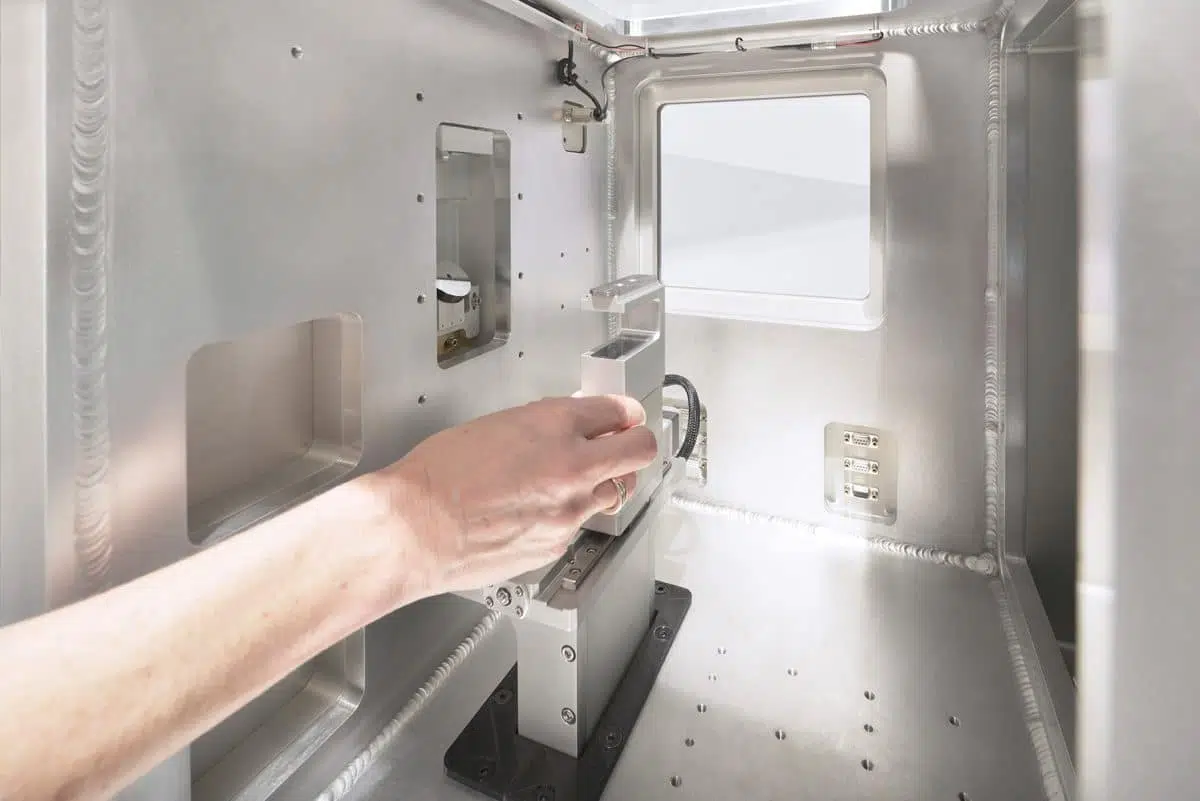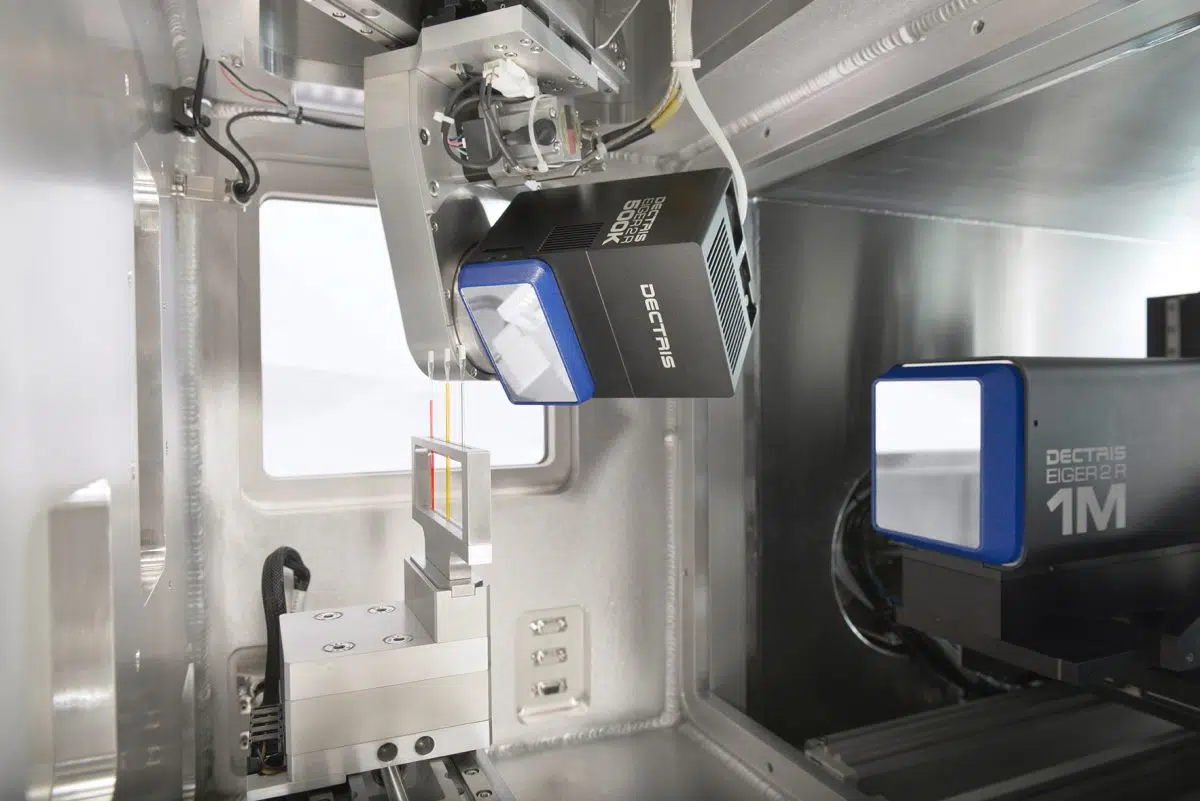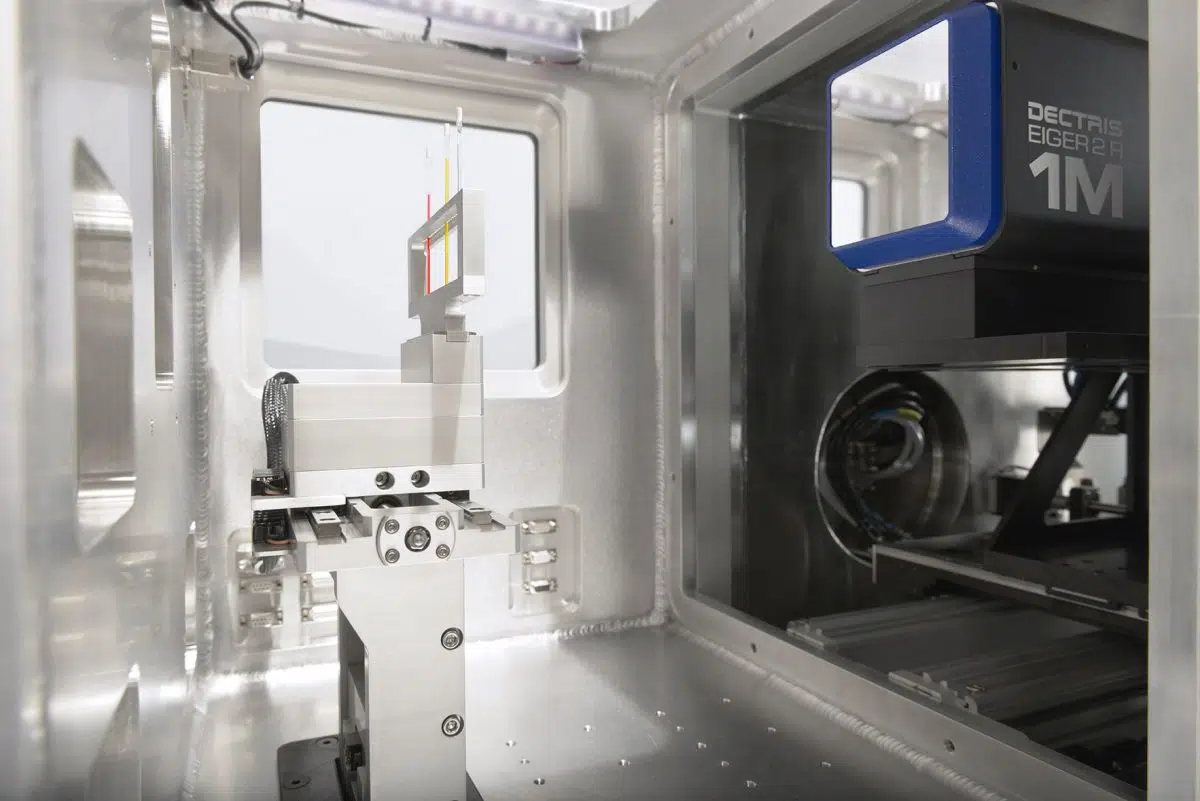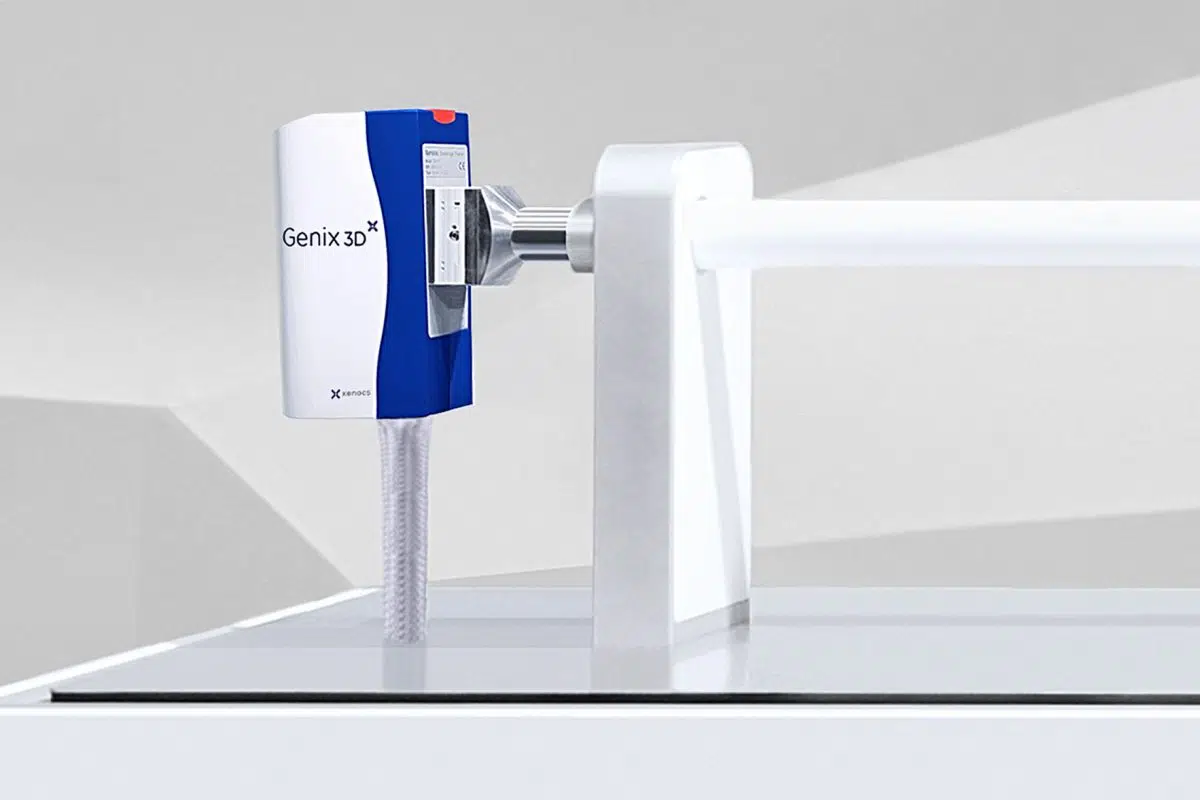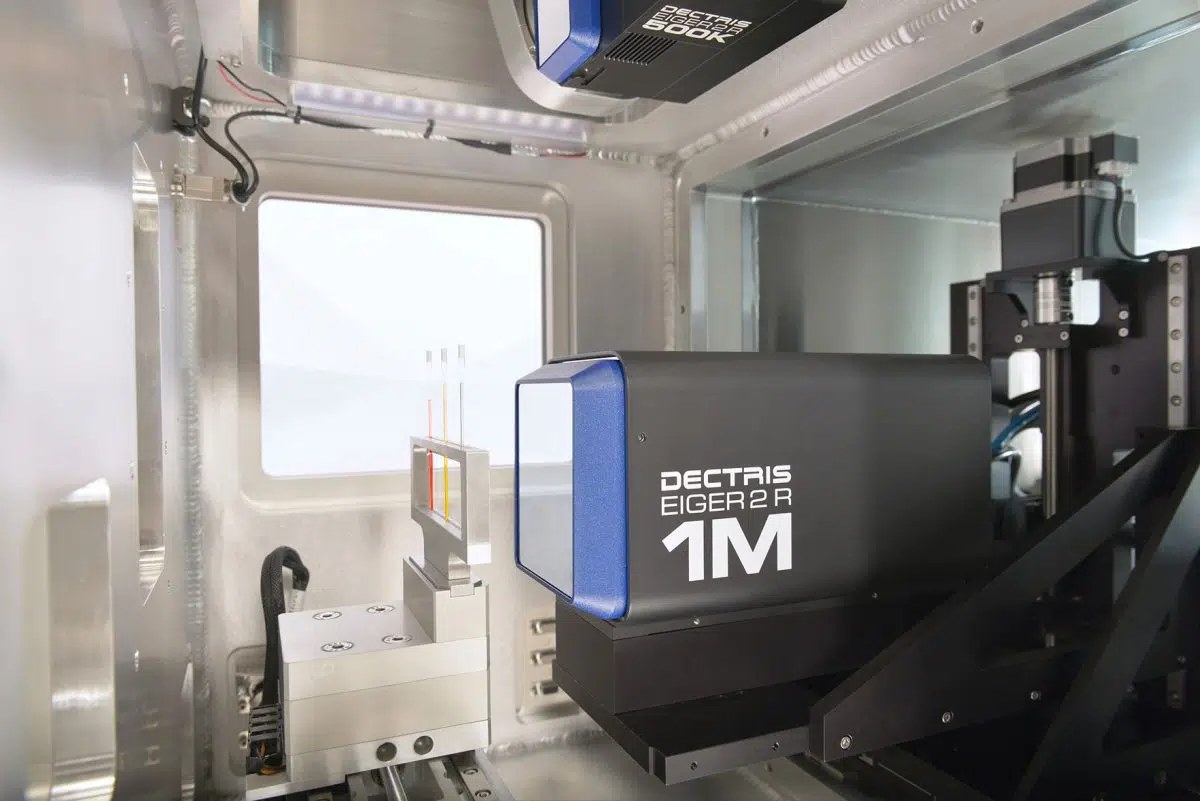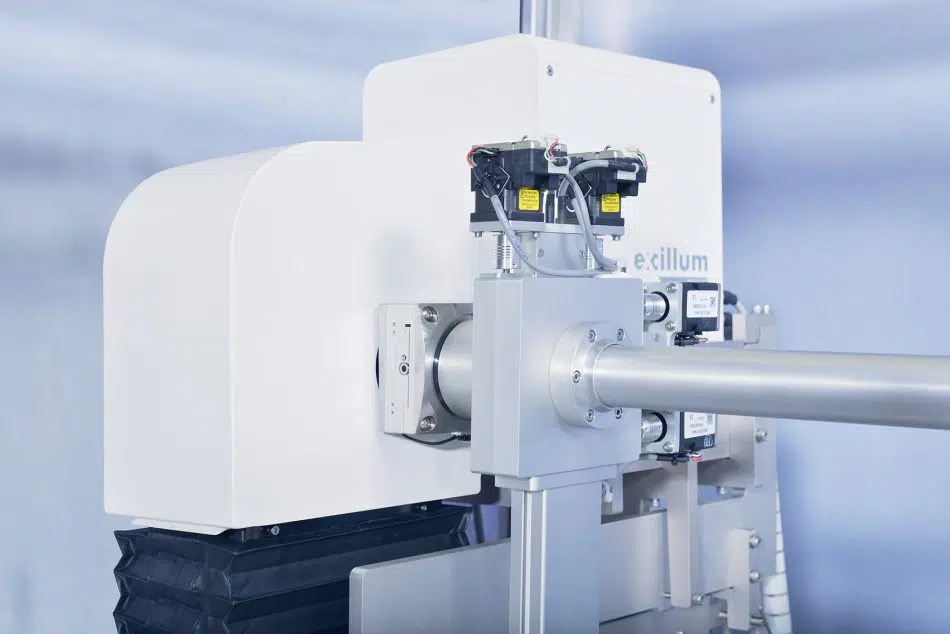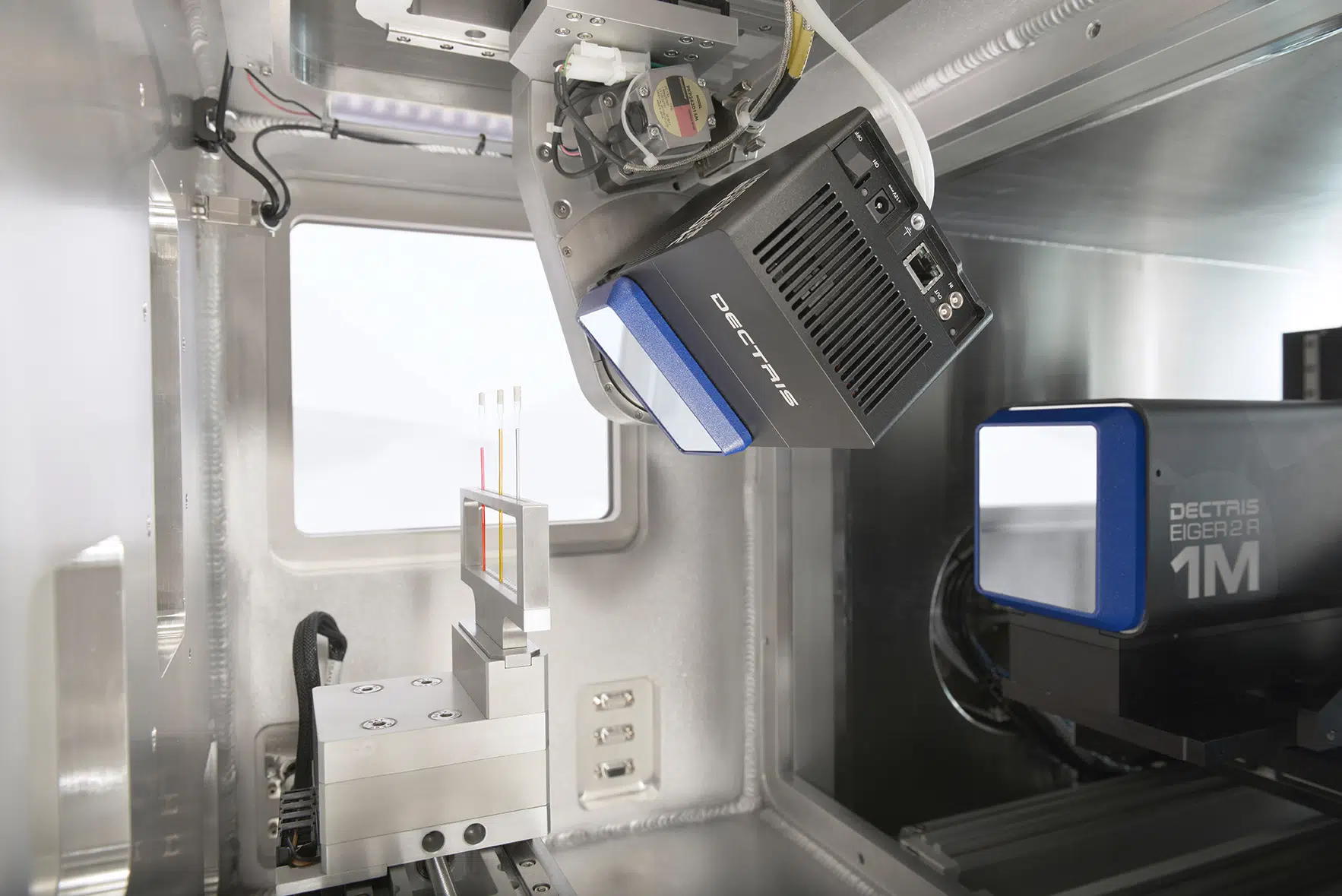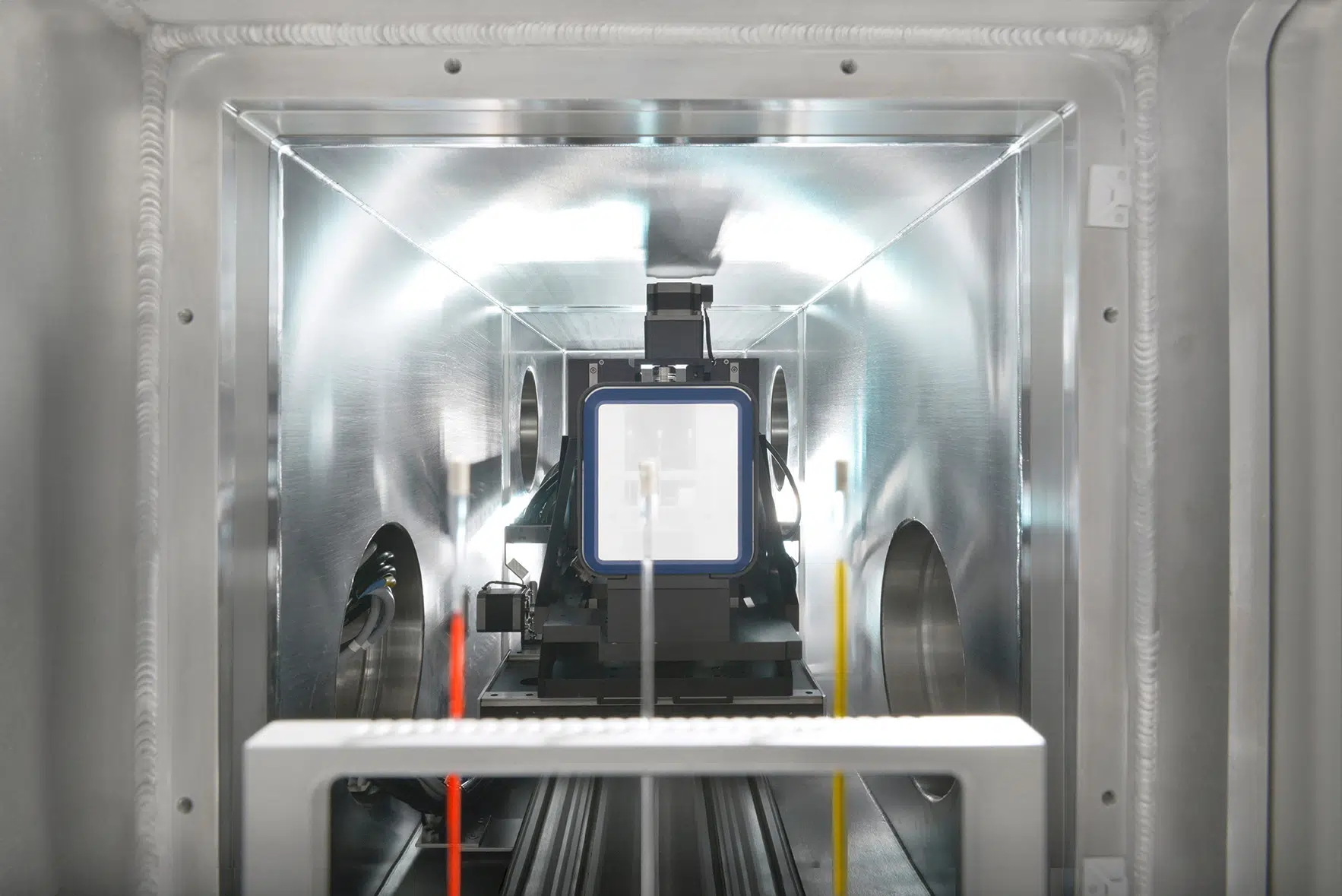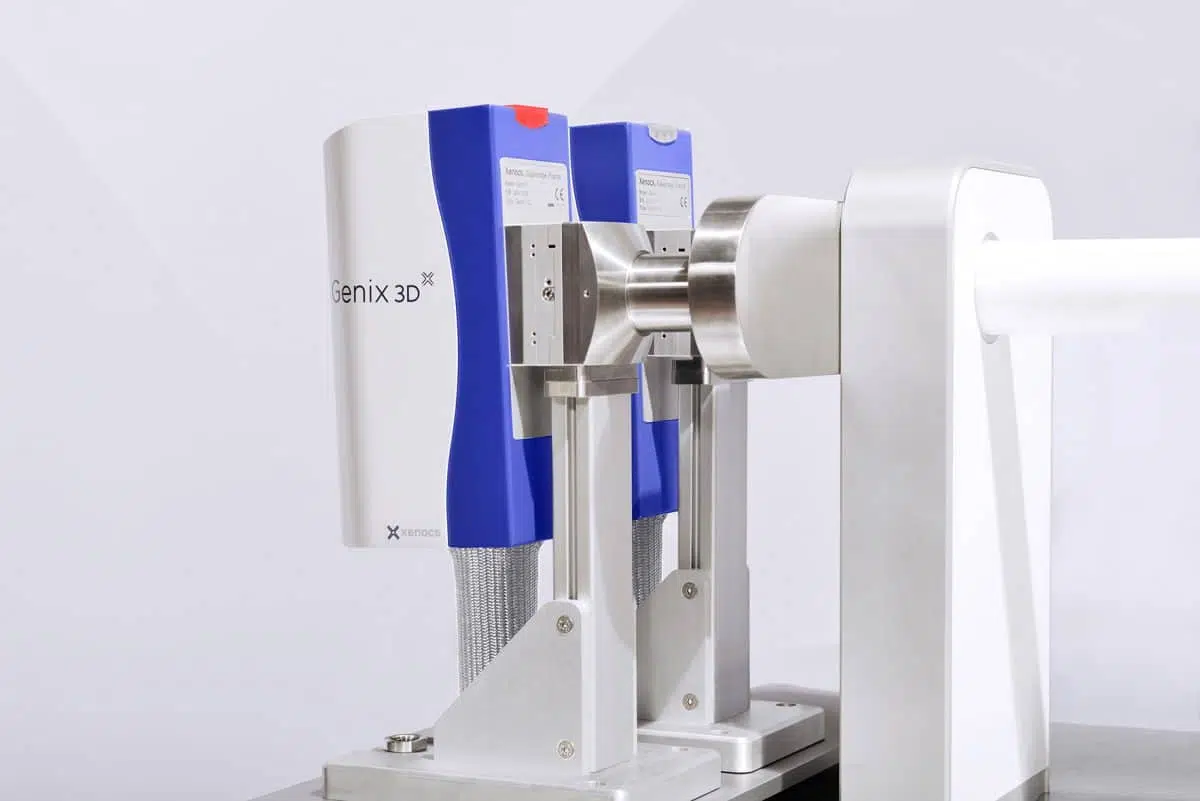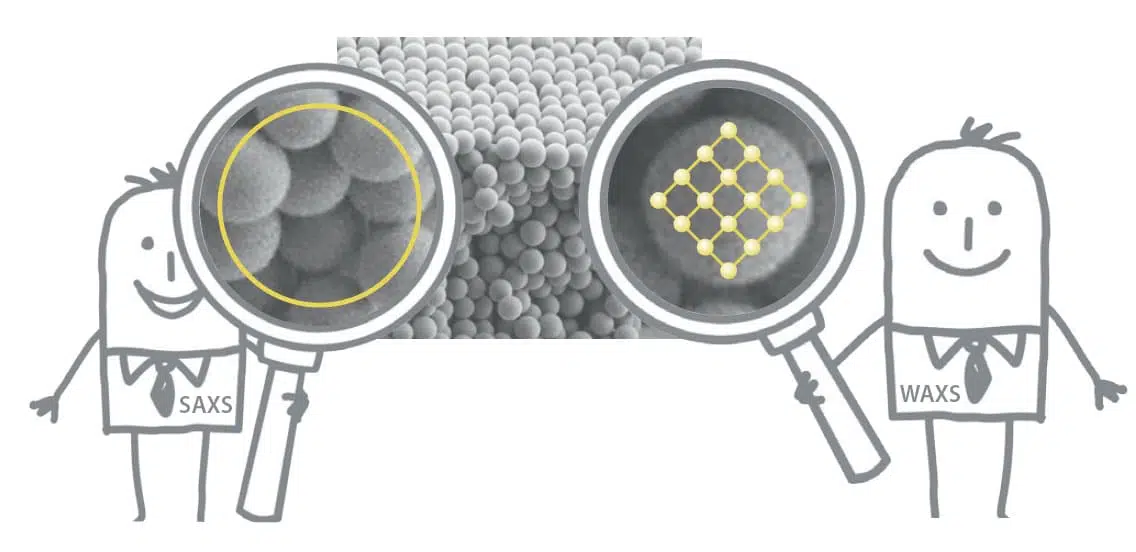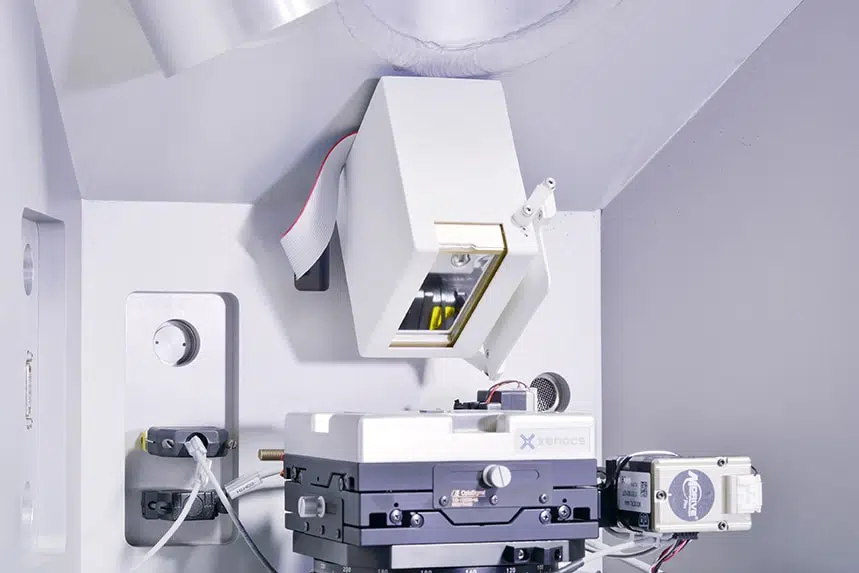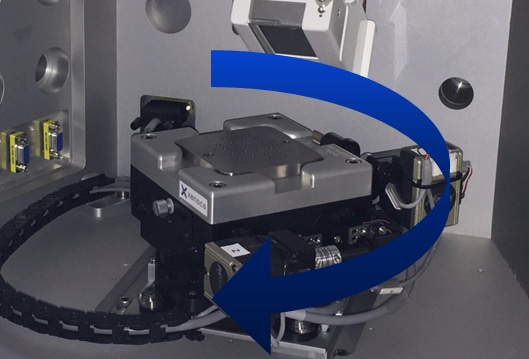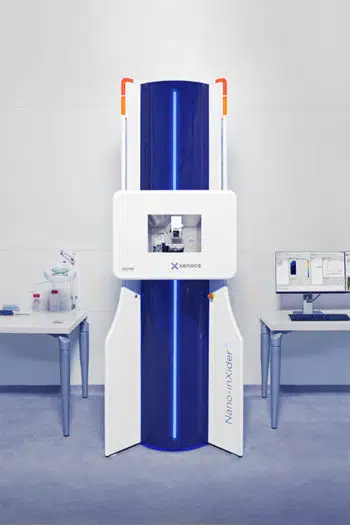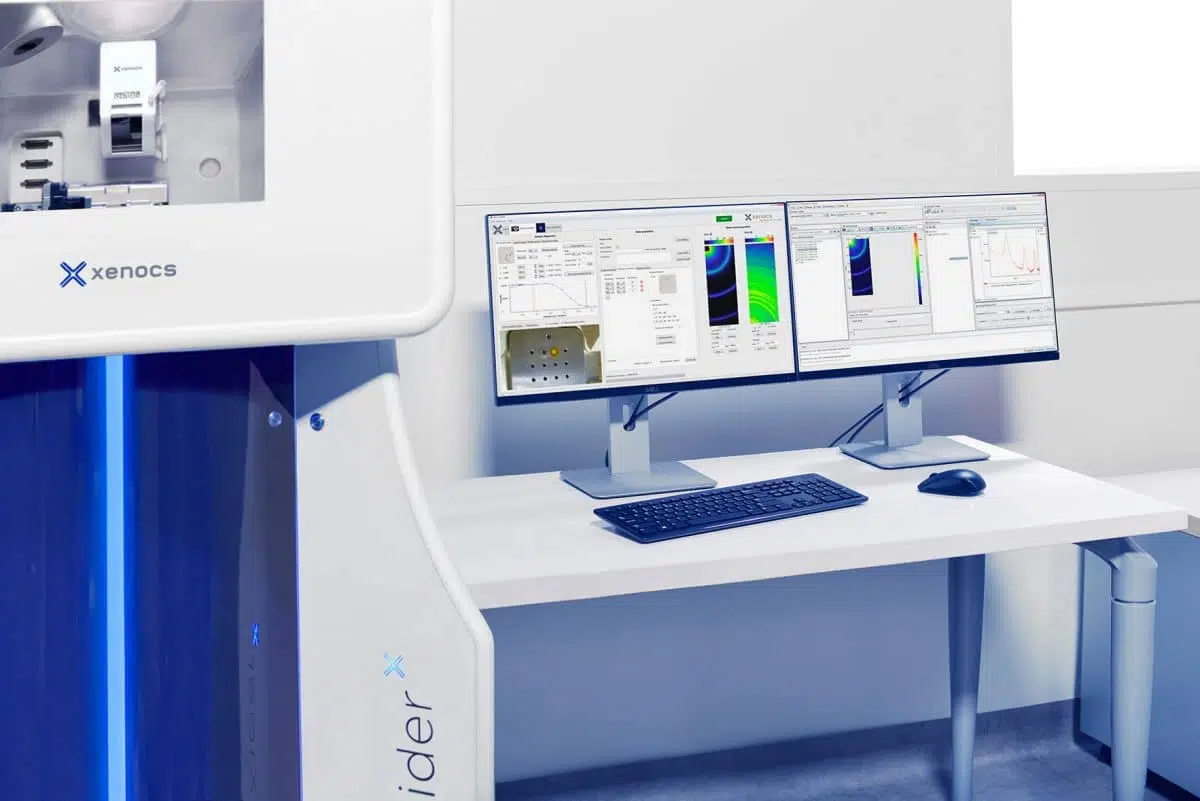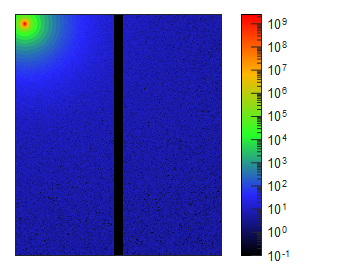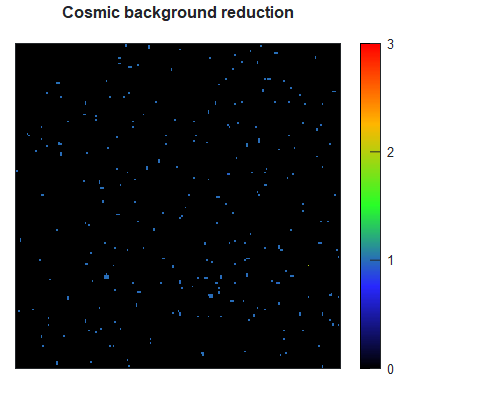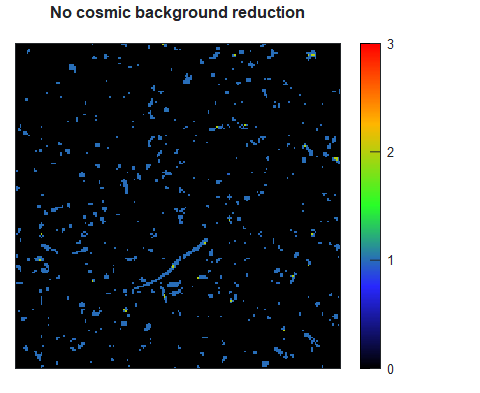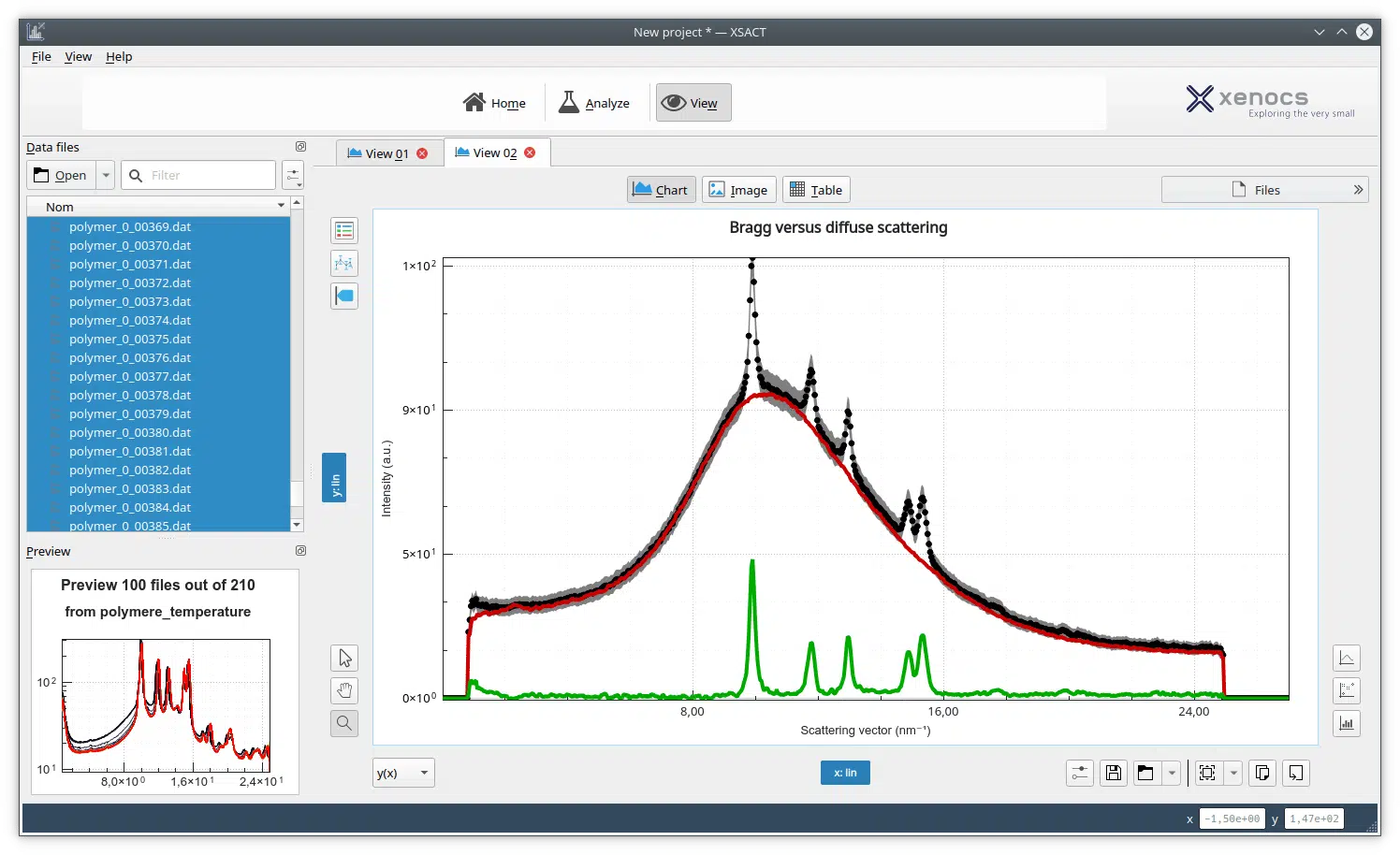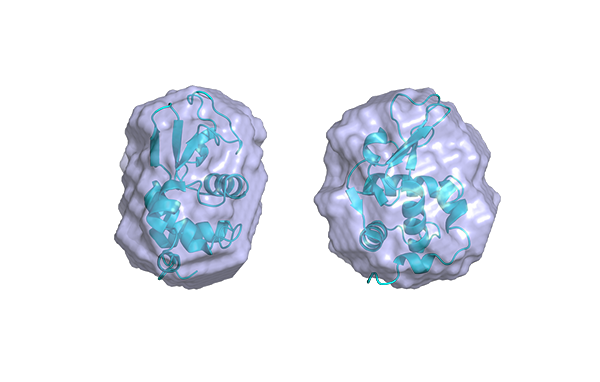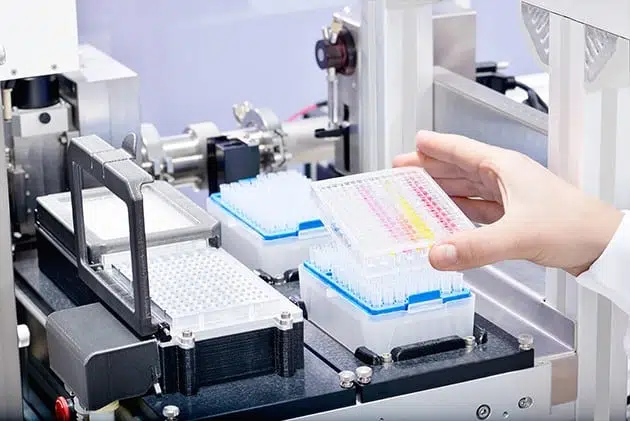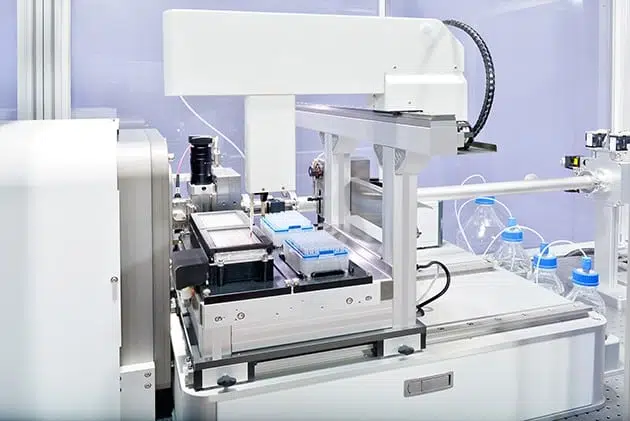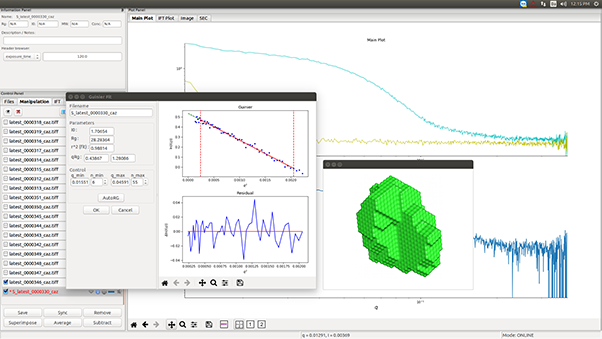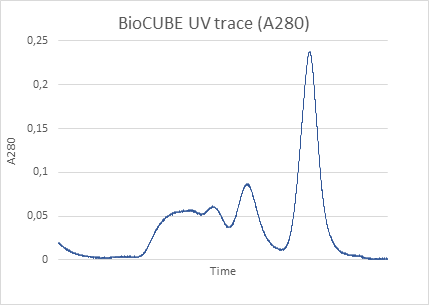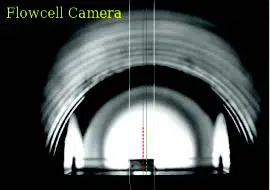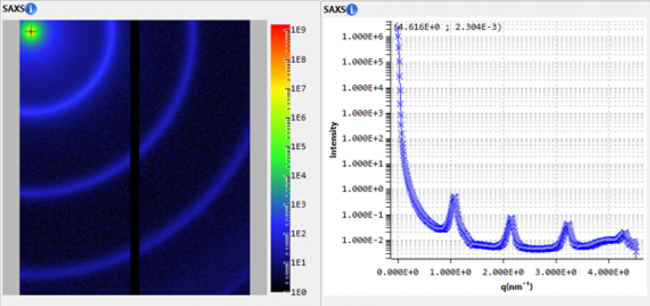Rajasekharan, Anand K.; Gyllensten, Christoffer; Blomstrand, Edvin; Liebi, Marianne; Andersson, Martin
Tough Ordered Mesoporous Elastomeric Biomaterials Formed at Ambient Conditions
Synthetic dry elastomers are randomly cross-linked polymeric networks with isotropic and unordered higher-level structural features. However, their growing use as soft-tissue biomaterials has demanded the need for an ordered and anisotropic nano-micro (or) mesoarchitecture, which is crucial for imparting specific properties such as hierarchical toughening, anisotropic mechanics, sustained drug
Bromomethylation of high-surface area carbons as a versatile synthon: adjusting the electrodeelectrolyte interface in lithiumsulfur batteries
Fretz, Samuel J.; Lyons, Christopher T.; Levin, Ella; Chidsey, Christopher E. D.; Palmqvist, Anders E. C.; Stack, T. Daniel P.
A two-step procedure for the surface functionalization of carbon materials has been developed. In the first step, mesoporous carbon (CMK3), carbon black (XC-72R Vulcan), and activated carbon (AC) are bromomethylated efficiently under mild conditions using commercially available reagents, resulting in reproducible surface bromine loadings, the concentrations of which correlate to…
Influence of Iron Salt Anions on Formation and Oxygen Reduction Activity of Fe/N-Doped Mesoporous Carbon Fuel Cell Catalysts
Fretz, Samuel J.; Janson, Caroline; Rosas-Arbelaez, Walter; Palmqvist, Anders E. C.
Doping carbon materials with transition metal ions can greatly expand their utility, given these metal ions unique catalytic activity, for example, in oxygen reduction in proton exchange membrane fuel cells. Unlike main group dopants, a counter anion to the metal cation must be selected and this choice has hitherto received…
Emergence of lead halide perovskite colloidal dispersions through aggregation and fragmentation: insights from the nanoscale to the mesoscale
Pratap, Shambhavi; Keller, Elisabeth; Müller-Buschbaum, Peter
The structural and optoelectronic properties of mixed halide perovskite colloidal precursor dispersions are investigated. With increasing concentration, we observe four stages of growing structures, which affect the thin film morphology: (I) nanoparticles, (II) increasing size of nanoparticles, (III) formation of large aggregates/complex clusters and (IV) fragmentation of large
Revisiting the Dissolution of Cellulose in NaOH as “Seen” by X-rays
Martin-Bertelsen, Birte; Andersson, Erika; Köhnke, Tobias; Hedlund, Artur; Stigsson, Lars; Olsson, Ulf
Cotton production is reaching a global limit, leading to a growing demand for bio-based textile fibers produced by other means. Textile fibers based on regenerated cellulose from wood holds great potential, but in order to produce fibers, the components need to be dissolved in suitable solvents. Furthermore, the dissolution process…
Novel S-doped ordered mesoporous carbon nanospheres toward advanced lithium metal anodes
Zhang, Fei; Liu, Xiaoyan; Yang, Menghua; Cao, Xiaoqing; Huang, Xingyu; Tian, Yue; Zhang, Fang; Li, Hexing
Lithium metal anode has been considered as an ideal anode for the next generation lithium batteries owing to its high energy density. However, its practical application is still limited by the low Coulombic efficiency and poor safety performance due to the lithium dendrites caused by uncontrollable lithium deposition and unstable…
Identifying the Superstability Landscapes of ClayCarbon Nanosheet Suspensions
Kumar, Sanjay; Harikrishnan, G.
Using a combination of several experiments, we identify the landscapes of the widely reported superstability of suspensions formed by codispersion of nanosheets of clay and carbon. Primarily, two distinct, abrupt transitions within this superstability are observed. This observation made on a series of model laponitegraphene oxide superstable two-dimensional sheet suspensions…
An interaction-mediating strategy towards enhanced solubility and redox properties of organics for aqueous flow batteries
Huang, Zhifeng; Kay, Christopher W. M.; Kuttich, Björn; Rauber, Daniel; Kraus, Tobias; Li, Hongjiao; Kim, Sangwon; Chen, Ruiyong
Aqueous redox flow batteries using electroactive organic materials are currently attracting significant attention. However, the influence of supporting electrolytes on the aqueous solubility, electrochemical reversibility and chemical stability of the organic components has rarely been investigated. Here, a new electrolyte design strategy towards enhanced solubility and chemical stability of
Facile treatment to fine-tune cellulose crystals in cellulose-silk biocomposites through hydrogen peroxide
Love, Stacy A.; Popov, Elizabeth; Rybacki, Karleena; Hu, Xiao; Salas-de la Cruz, David
The modulation of structural fibrous protein and polysaccharide biopolymers for the design of biomaterials is still relatively challenging due to the non-trivial nature of the transformation from a biopolymer's native state to a more usable form. To gain insight into the nature of the molecular interaction between silk and cellulose…
Unraveling the Role of Alkali Cations in the Growth Mechanism of Gd2O2S Nanoparticles
Larquet, Clément; Carriere, David; Nguyen, Anh-Minh; Le, Thi Kim-Chi; Frogneux-Plé, Xavier; Génois, Isabelle; Le Griel, Patrick; Gauzzi, Andrea; Sanchez, Clément; Carenco, Sophie
Alkali cations are required for the colloidal synthesis of Ln2O2S nanoplates in organic solvent. Based on a thorough experimental analysis using various lanthanides and three alkali ions, we challenge the commonly accepted scenario of partial lanthanide substitution by the alkali, which is supposed to favor the sulfide insertion over the…





